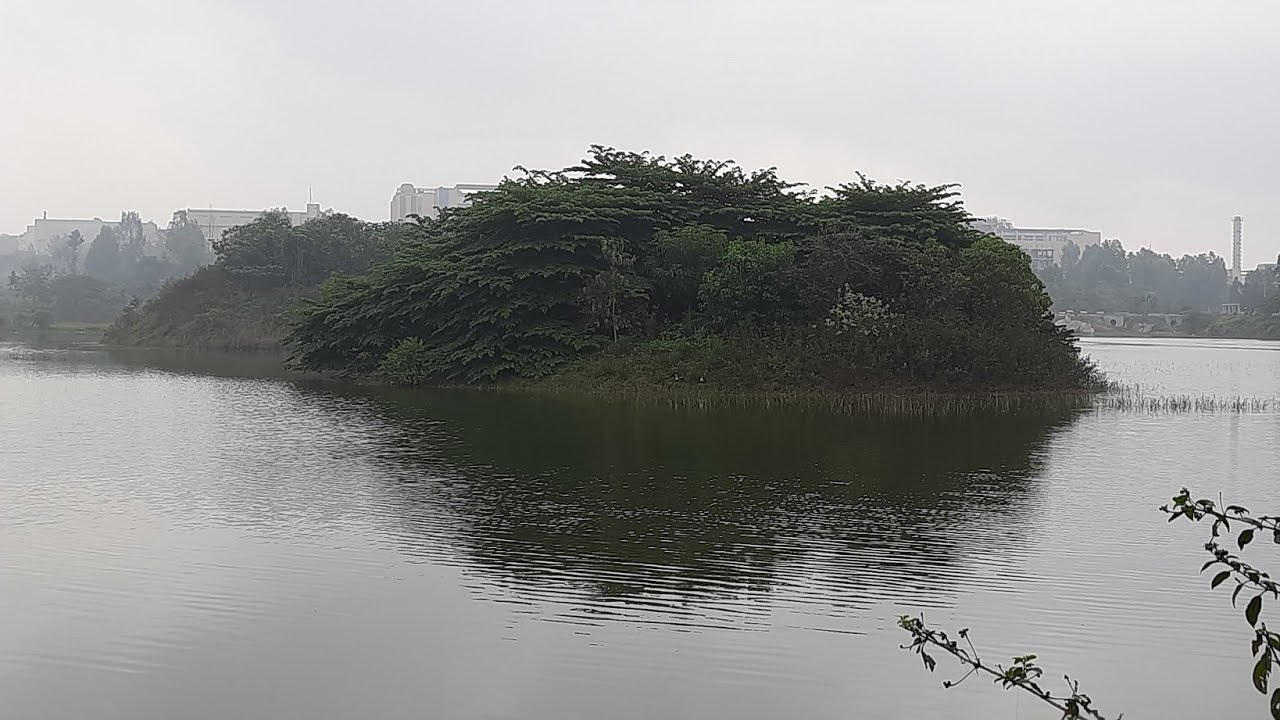Turnaround of Indian Water Bodies and Lessons for Sri Lanka
India’s water bodies are marking a turnaround: many of those that had been severely polluted or encroached upon or had dried up over the years, are now being revived and rejuvenated, thanks to a basket of government schemes as well as private and community initiatives – finds a new nation-wide survey done by researchers at Centre for Science and Environment (CSE).
The findings of the survey, captured in a book titled ‘Back from the Brink: Rejuvenating India’s lakes, ponds and tanks – a compendium of success stories’, has been released .

Speaking at the event, CSE director general Sunita Narain said: “We need to relearn the art of the waterbody, of our lakes, tanks and ponds. It is an opportunity for we can build local resilience against drought. In our cities, we need to revive our lakes and ponds, the sponges that will allow us to harvest the rain-flood and ensure it does not turn into wasted water.”
The CSE survey
Over a period of about a year, a CSE team reviewed 250 waterbodies – created and/or restored under 22 state-level programmes and five Central schemes – in four distinct ecological regions of India: Indo-Gangetic plains, the desert, coastal plains and the Deccan plateau. Out of the 250 waterbodies reviewed, about 140 stood out as best cases.
Depinder S Kapur, programme director of CSE’s water programme, said: “India has 2,424,540 waterbodies, according to the country’s first census of these water resources which was published last year. Over 97 per cent of these are located in rural areas. These waterbodies, their catchments and their feeder channels act as critical groundwater recharge zones, control flooding, and are home to unique biodiversity.”
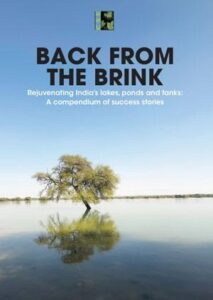
What is the way ahead?
Treat wastewater before it enters a waterbody:
Look at every waterbody holistically:
Create a database, identify the waterbodies:
Develop a menu of technologies: This should be made available for treating wastewater and abatement of pollution in waterbodies.
Concluding the discussions, Narain noted: “We must look at lakes once again as a major source for water security, as well as a way for flood mitigation and drought management. Lakes cannot be saved if our sewage is not managed – a reinvention of sewage management system is,therefore, required, especially when it comes to urban waterbodies”.
Real Examples of Waterbody Revivals in India
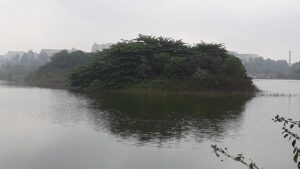
Kyalasanahalli Lake, located near Bengaluru, was once a neglected and polluted waterbody. Through community efforts led by the United Way Bengaluru and the local citizens’ group Jalaposhan, the lake underwent significant restoration. Volunteers cleaned the lake, removed encroachments, and planted trees around it. The initiative also involved desilting the lake to increase its water-holding capacity. Today, the lake supports local biodiversity and serves as a recreational spot for residents.
2. Hauz Khas Lake, Delhi
Hauz Khas Lake, an ancient reservoir in South Delhi, had turned into a sewage-filled swamp. The Delhi Development Authority (DDA) initiated a restoration project that included desilting, sewage treatment, and landscaping. The treated sewage was diverted to the lake, ensuring it had a steady supply of clean water. This restoration not only revived the lake but also enhanced the surrounding Hauz Khas complex, a popular heritage site.

3. Musi River, Telangana
The Musi River in Hyderabad was infamous for its pollution. Under the Mission Kakatiya program, several tanks and waterbodies feeding into the river were restored. This included desilting operations, repairing feeder channels, and establishing greenery around the waterbodies. The rejuvenation efforts improved water quality and replenished groundwater levels, benefiting both agriculture and local communities.
4. Mansagar Lake, Rajasthan
Mansagar Lake in Jaipur was severely polluted due to untreated sewage. The Rajasthan government, with support from various NGOs, implemented a comprehensive restoration project. The project involved building sewage treatment plants to treat wastewater before it entered the lake. Additionally, the lake was desilted, and its banks were strengthened. The restored Mansagar Lake now attracts migratory birds and has become a tourist attraction, with the Jal Mahal palace located in the middle of the lake adding to its charm.
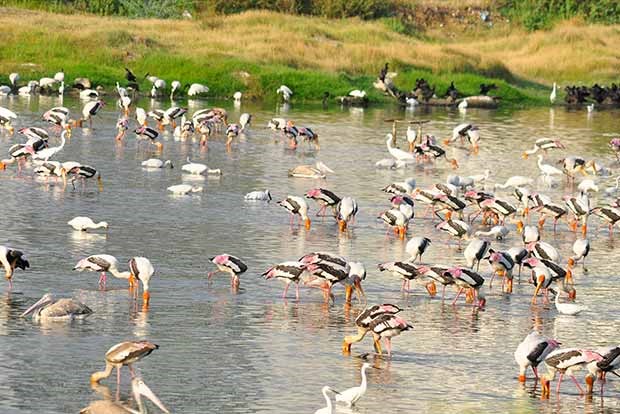
5. Pallikaranai Marshland, Tamil Nadu
The Pallikaranai Marshland near Chennai was facing severe pollution and encroachment. The Tamil Nadu government, along with the Chennai Rivers Restoration Trust (CRRT), took steps to restore this critical wetland. Measures included removing encroachments, constructing sewage treatment facilities, and reviving the natural drainage channels. This effort has led to a significant improvement in the water quality and biodiversity of the marshland.
Lessons for Sri Lanka
These examples demonstrate that successful restoration of waterbodies involves a combination of community engagement, political will, and scientific approaches. Sri Lanka can draw inspiration from these initiatives to address its own water management challenges.
Key Issues in Sri Lanka’s Water Crisis
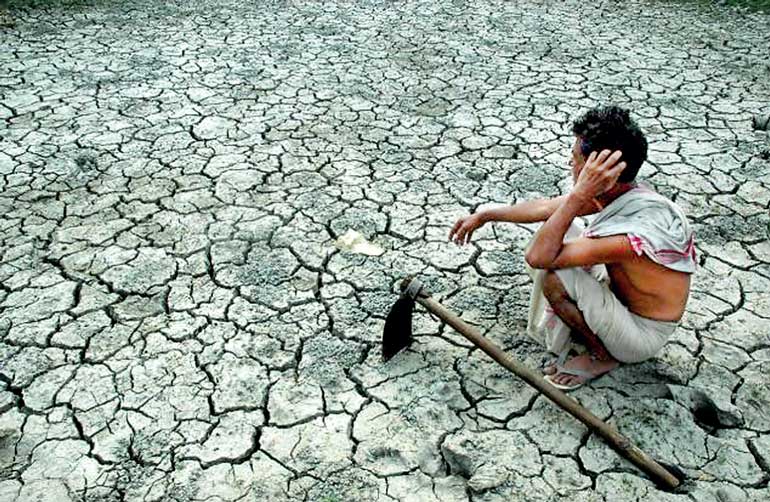
Water Scarcity and Droughts
Sri Lanka experiences significant seasonal variability in rainfall, leading to periods of drought, especially in the dry zone areas.
In recent years, prolonged droughts have affected water availability for agriculture, drinking water, and hydropower generation.
Pollution and Contamination
The use of fertilizers and pesticides in agriculture has led to the contamination of water sources.
Industrial Pollution: Industrial discharges, particularly in urban areas, have polluted rivers and lakes.
Improper Waste Disposal: Lack of adequate waste management infrastructure has resulted in pollution of water bodies.
Deforestation and Land Degradation
Catchment Area Degradation: Deforestation in catchment areas has reduced the natural ability of these areas to retain and manage water flow, leading to soil erosion and reduced groundwater recharge.
Soil Erosion: Land degradation and erosion further exacerbate the issue by reducing the quality of water in rivers and reservoirs.
Climate Change
Changing Rainfall Patterns: Climate change is altering rainfall patterns, making them more unpredictable and leading to either excess or insufficient water.
Rising Temperatures: Increased temperatures are accelerating evaporation rates, reducing water availability in reservoirs and natural water bodies.
Urbanization and Population Growth

Increased Demand: Rapid urbanization and population growth have increased the demand for water, putting pressure on existing water resources.
Infrastructure Challenges: The water supply infrastructure in many urban areas is aging and inadequate to meet the growing demand.
Dry Zone Agriculture
Farmers in the dry zone regions of Sri Lanka are particularly affected by water scarcity. Traditional irrigation tanks, known as “wewas,” are essential for storing water during the dry season, but many of these tanks are in disrepair.
Polluted Water Sources
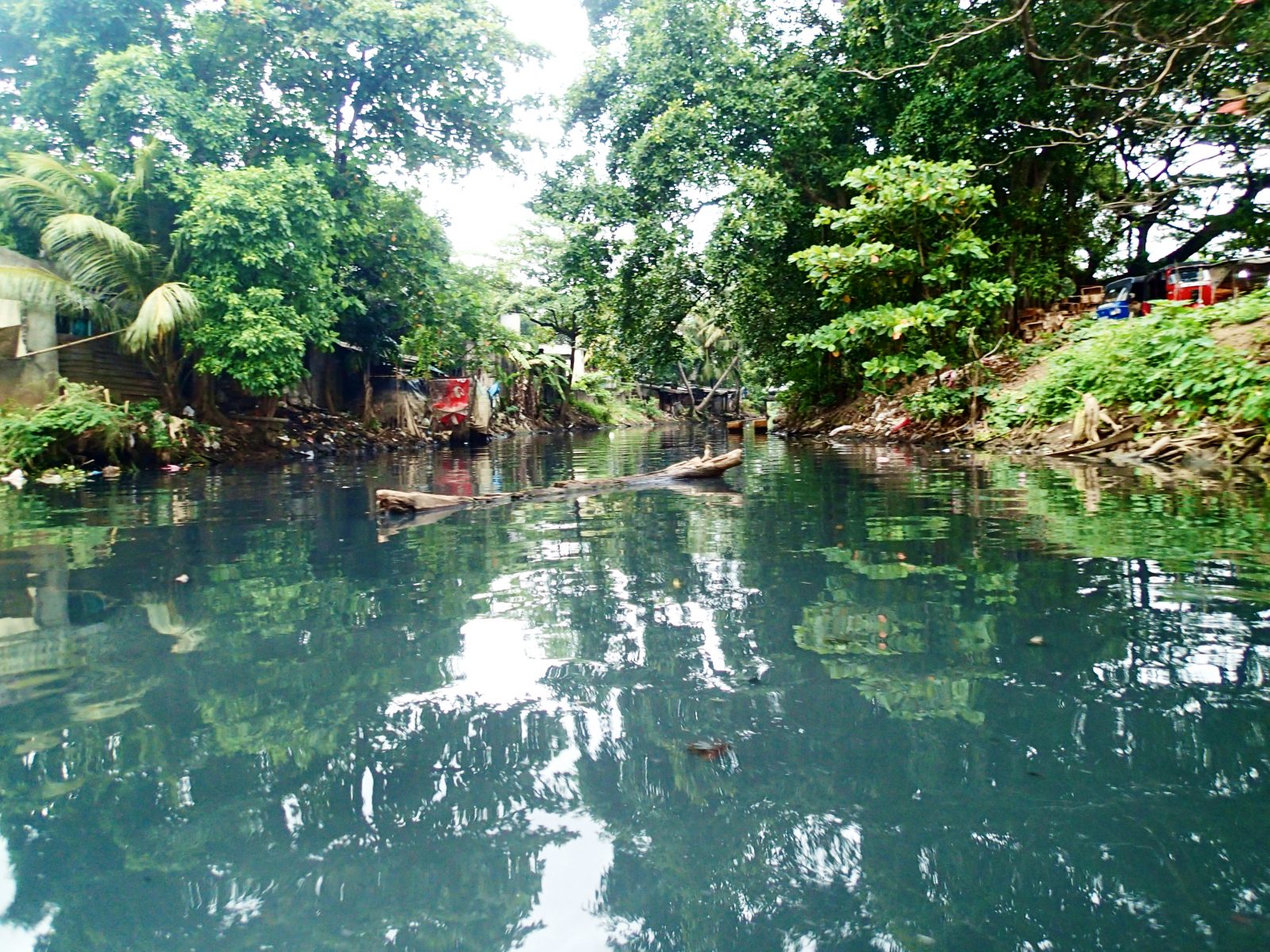
The Kelani River, which supplies water to the capital city Colombo, has been subject to pollution from industrial discharges and improper waste disposal. This has raised concerns about the safety and quality of drinking water.
Sri Lanka, despite its tropical climate, faces significant water challenges, particularly in certain regions. Here are some areas grappling with water scarcity:
The Dry Zone
Polonnaruwa, Anuradhapura, Ampara, Monaragala experiances prolonged droughts, over-exploitation of groundwater, and inefficient irrigation systems have led to severe water shortages, impacting agriculture and livelihoods.
The Coastal Areas of Galle, Matara, Jaffna suffers from saltwater intrusion due to rising sea levels and over-extraction of groundwater is contaminating freshwater sources, making them unsuitable for drinking and agriculture.
Urban Centers such as Colombo is experiaceing rapid urbanization, increasing population, and inadequate water infrastructure have resulted in water shortages, especially during peak hours. The Hill country: While known for its rainfall, certain regions within the hill country have experienced water scarcity due to deforestation and climate change.



